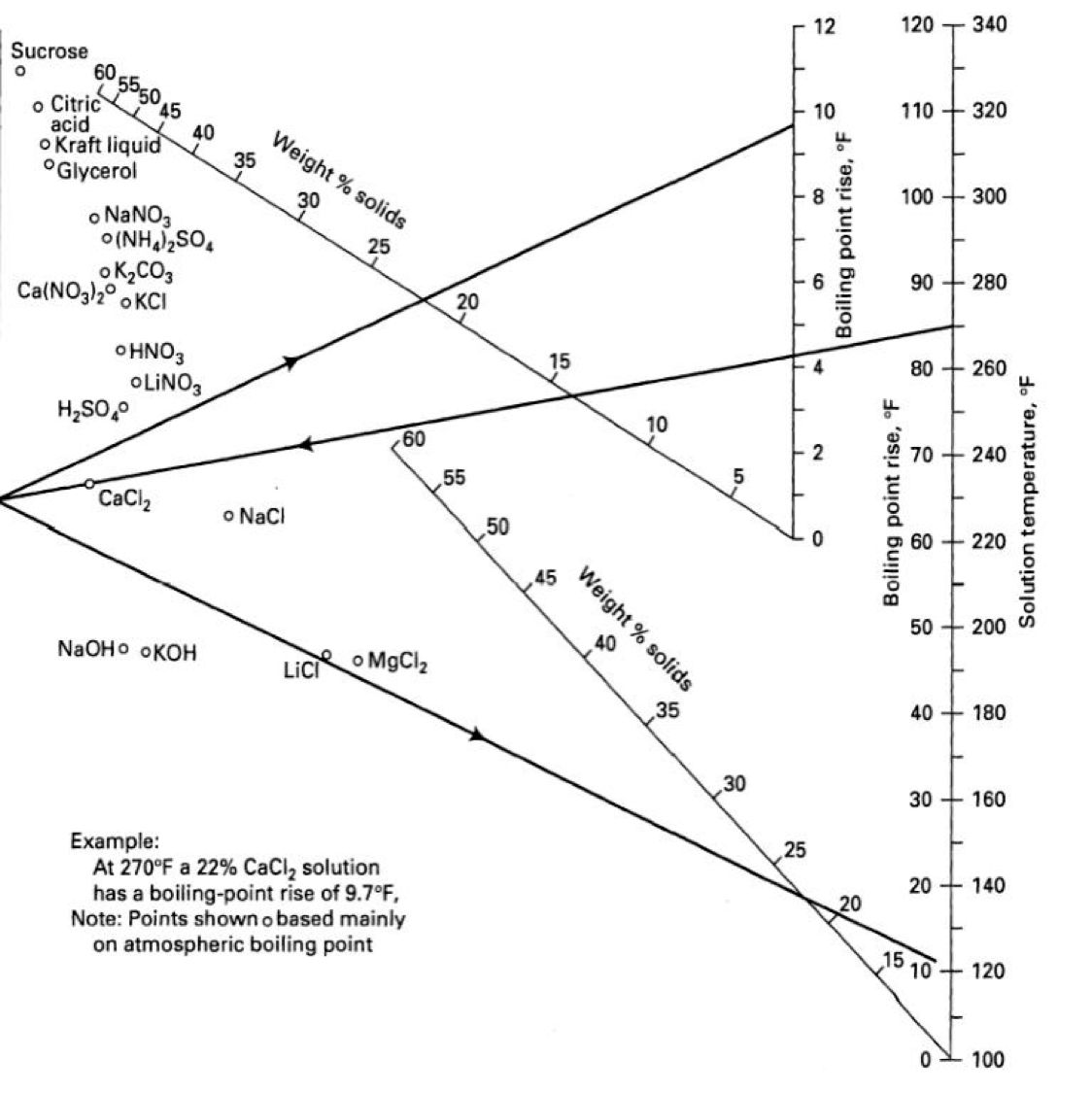The evaporation process can occur under vacuum, atmospheric pressure, or positive pressure, and it is designed based on the product's characteristics (viscosity, boiling point, etc.) to determine the most suitable process method for the operation.
The liquid to be evaporated is heated through a heat exchanger, raising its temperature to the boiling point depending on the selected evaporation process type, and evaporation takes place from the evaporation surface created on the separator.
There are various types of evaporators, but the most common ones in the chemical industry include:
- Falling Evaporation
- Forced Circulation Evaporation
- Multiple Effect Evaporation
- TVR (Thermo Vapor Recompression) Evaporation
-
MVR (Mechanical Vapor Recompression) Evaporation

